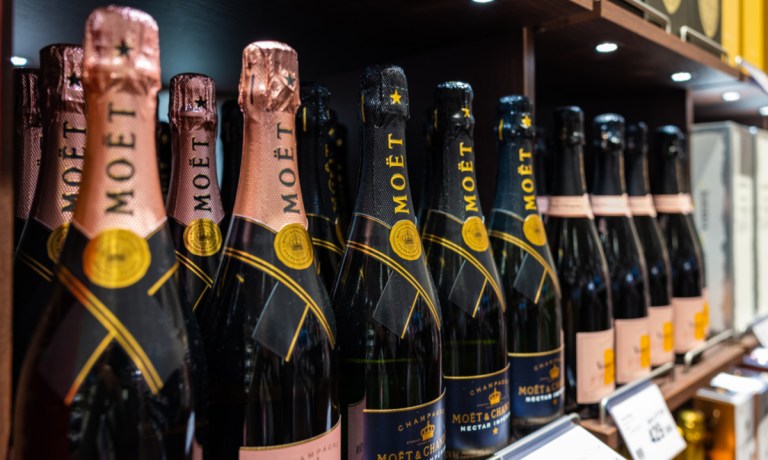
The state of the aspirational shopper has remained the same since the last quarter, according to LVMH.
As a refresher of the unchanged shopper, in the previous quarter, the luxury conglomerate said that last year middle-income shoppers with disposable income indulged in luxury handbags and perfumes, bolstering LVMH’s profits. However, the current year presents a different scenario, with inflation, economic uncertainty and reduced savings prompting the majority of U.S. consumers to be more cautious in their expenditures.
“The aspirational customer is suffering a bit,” said Jean-Jacques Guiony, LVMH’s CFO, during the company’s last quarter earnings call, citing lower sales online and in “second-tier cities.”
What that means for LVMH in the current quarter is an 9% increase in third-quarter revenue, reported Tuesday (Oct 10), which represents a slowdown in growth from the strong post-pandemic spending.
“After three roaring years, and outstanding years, growth is converging toward numbers that are more in line with historical average,” Guiony said.
LVMH is encountering reduced demand for luxury goods in both the United States and Europe. Within these areas, rising prices have prompted shoppers, particularly among younger generations, to dial down their spending. Simultaneously, the recovery in China has stumbled.
Guiony said that even though business in Europe slowed down in the quarter, the demand for fashion and leather goods from China remained fairly consistent compared to two years ago. The change is that more of these purchases are now taking place beyond the mainland as travel resumes.
According to Guiony, trends in the United States remained relatively stable.
In order for LVMH to captivate and entice aspirational shoppers they’ll need to remind consumers of the quality and craftsmanship that make their products a worthwhile investment and expand its product portfolio with emerging designers.
LVMH should also continue to expand into product categories that align with shifting consumer preferences. An example of this approach is the conglomerate’s investment in lab-grown diamonds. However, a question lingers: Will LVMH extend these strategic ventures across its portfolio, encompassing brands like Tiffany & Co.?
Moreover, luxury brands should never underestimate the significance of the customer experience,. Be it through the provision of personal shopping assistants, the hosting of exclusive events, or the delivery of exceptional service, it is the exclusivity of these encounters that stimulates consumer spending.
PYMNTS reported that despite inflation consumers are splurging on “experiences.” But depending on the consumer, one could argue what an “experience” truly means.
Read more: Consumers Splurge on ‘Once in a Lifetime’ Expenses Despite Inflation
In the third quarter of 2023, LVMH’s revenues rose by 9% compared to the same period in 2022. However, when comparing the results to the second quarter of 2023, there was a slowdown in growth as that quarter experienced a 17% year-over-year (YoY) increase.
Breaking it down by divisions, LVMH’s fashion and leather goods category recorded €9.75 billion in sales, a 9% YoY increase.
In other categories, perfumes and cosmetics rose 9%, selective retailing jumped 26%, watches and jewelry rose 3%, while wines and spirits fell by 14%.